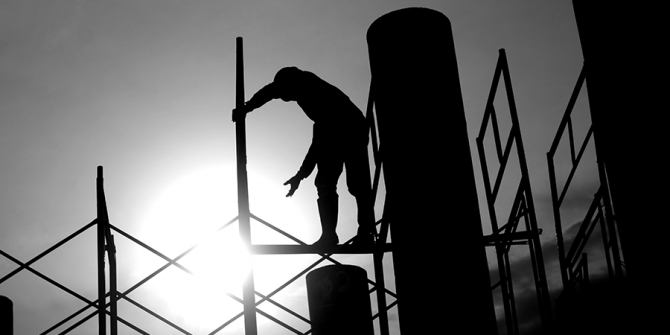A lot has happened in the lone worker protection world in the past 15 years.
As the phrase ‘lone worker’ is one that now regularly gains column inches in the national press, awareness of those who spend their working lives alone, remotely or in potentially vulnerable situations has been heightened greatly. In turn, the devices and solutions available to keep lone workers safe have evolved beyond recognition.
There are now an estimated 8 million lone workers in the UK alone - a figure that is only going to continue rising as technological advances allow more people to work remotely. And although the law does not yet specifically address the issue of lone working, employers are becoming more aware of the responsibilities they have to their workers and the importance of implementing safety solutions that protect them should the worst ever happen.
Unfortunately, there are still some companies that are yet to implement adequate policies, procedures and protection for their lone workers, with the news sadly littered with tragic cases of workers who have been killed or injured on duty whilst working alone and of organisations fined thousands of pounds for failing in their Duty of Care to staff.
This national coverage can sometimes showcase lone working in a negative light. But employing lone workers can often be the most efficient way for companies to operate. If employers take their responsibilities to their staff seriously and implement effective lone worker protection, the benefits they can receive by employing lone workers are huge. They include:
- Best use of personnel resources: If a company introduces effective lone worker protection, employers can be confident that they can send one worker to a job, safely, instead of wasting personnel by sending two
- Increased productivity: By enabling staff to work alone safely, staff can get more jobs/work completed whilst having the ability to remain in the workplace out of hours or on a flexible working pattern
- Monitoring staff whereabouts: Using GPS-based lone worker devices means employers can monitor the locations of their lone workers and gather data to spot trends in visits/clients and work hotspots
- Improved reactions to work: Employers can gather the location of all staff instantly to be able to send the person closest to an urgent job immediately
- Increased morale and trust among staff: Employees know that they are trusted to complete work alone, whilst knowing they are valued by their employers due to the investment in lone worker protection for their safety
- Company appeal to new clients: Ensuring that lone workers are properly protected will allow companies to reassure potential new clients that they have safe methods of work for their staff when on client premises, whilst highlighting their integrity for doing all they can to protect their staff
There is now a vast range of lone worker protection devices and solutions available, ranging from low-cost ranges that utilise smartphones to the more technically advanced, such as ‘Man Down’ devices that automatically detect if a worker has fallen and raise the alarm or discreet devices that can be concealed in name tags and badges. Solutions are available for workers from every industry, for every budget, so there’s no excuse for any lone worker to feel vulnerable in their jobs. With so much choice, it’s time to forget the fear factor surrounding lone working, invest in protection for those working alone, and allow your business to benefit from lone worker alarms.
LONEALERT is one of the UK’s leading lone worker protection providers. Click here to learn more about our ranges.

